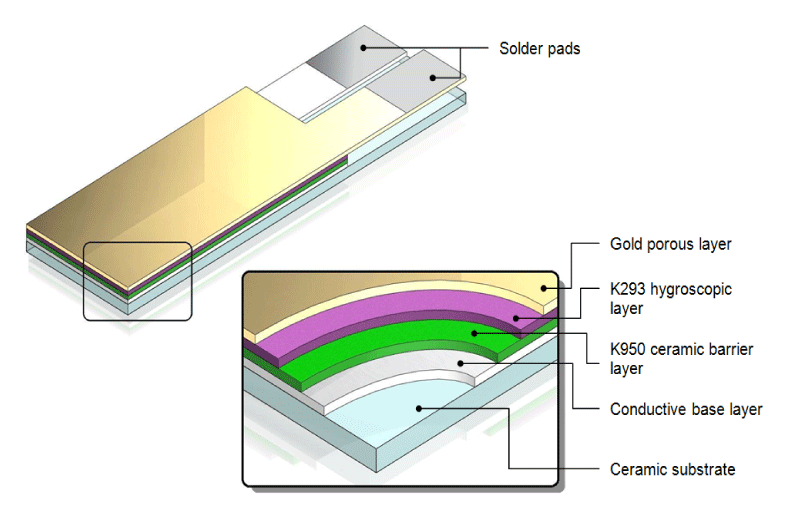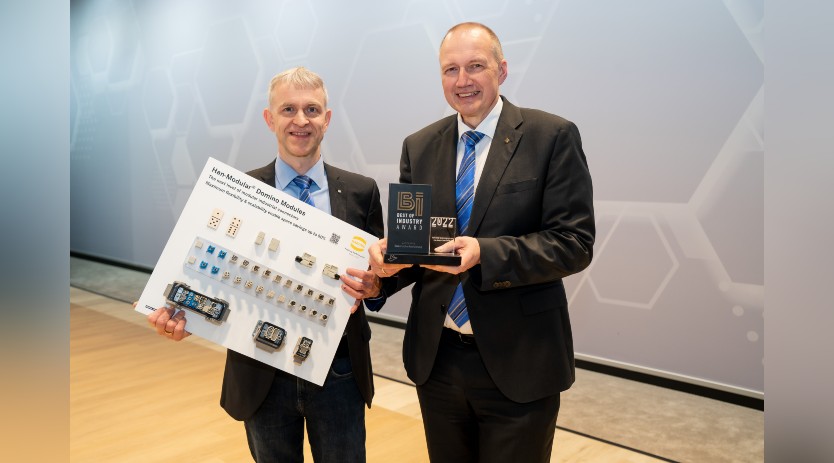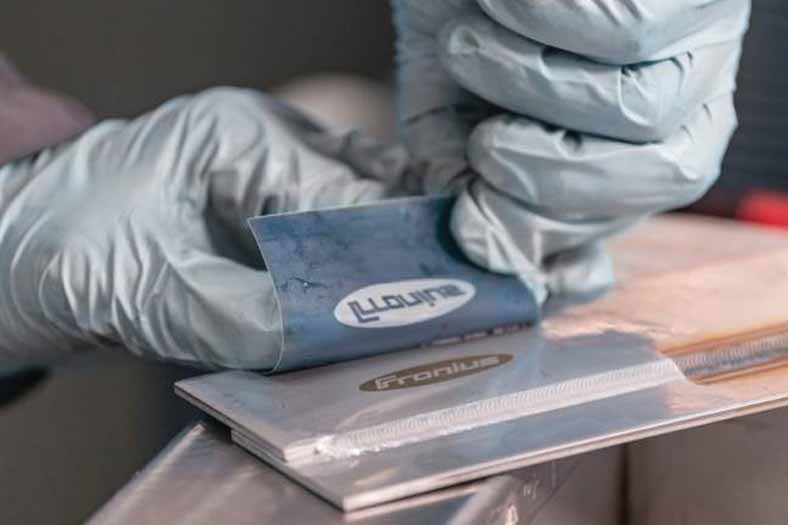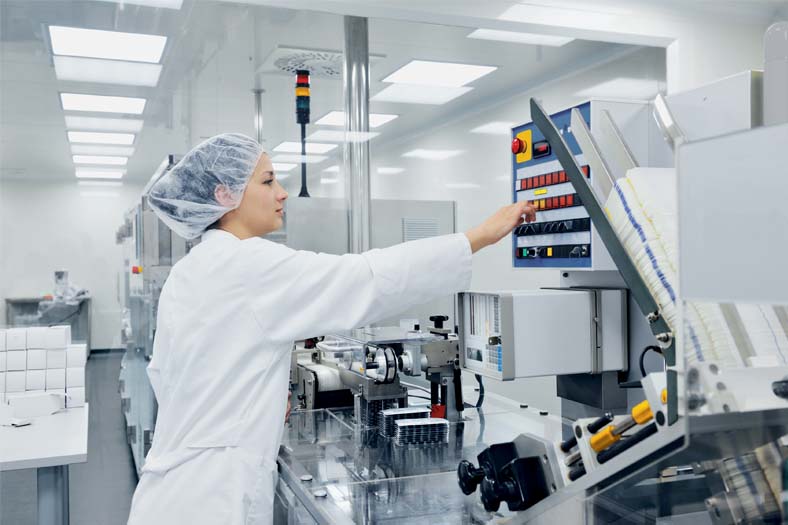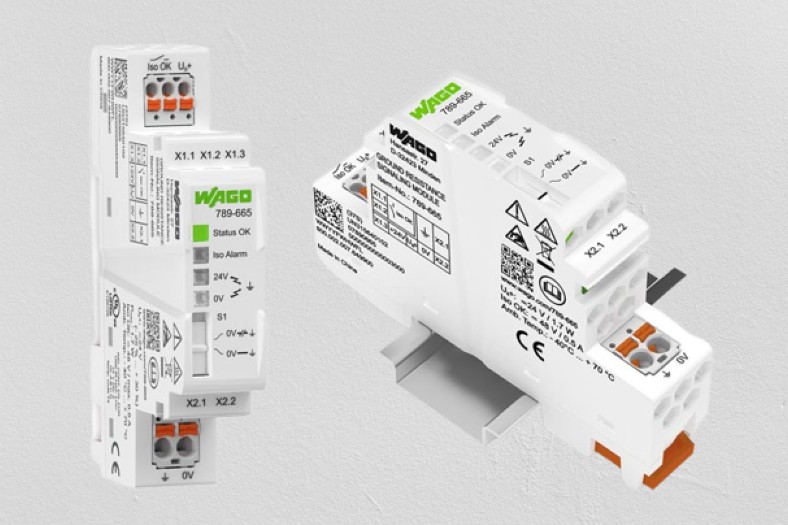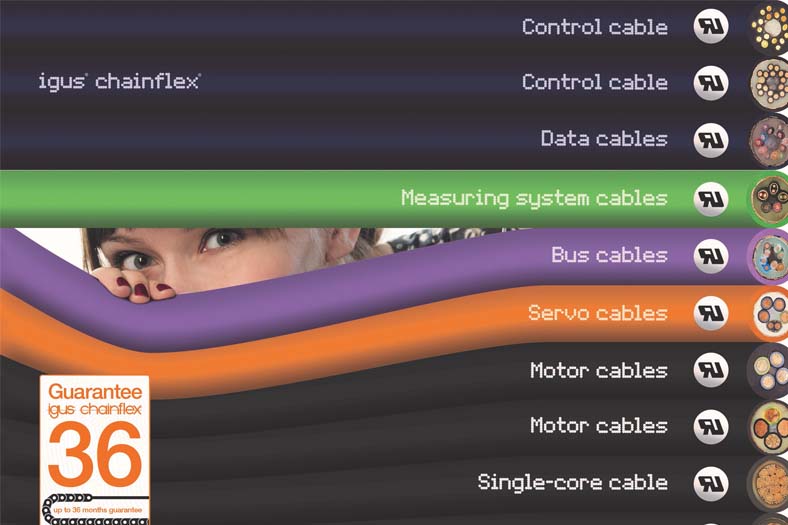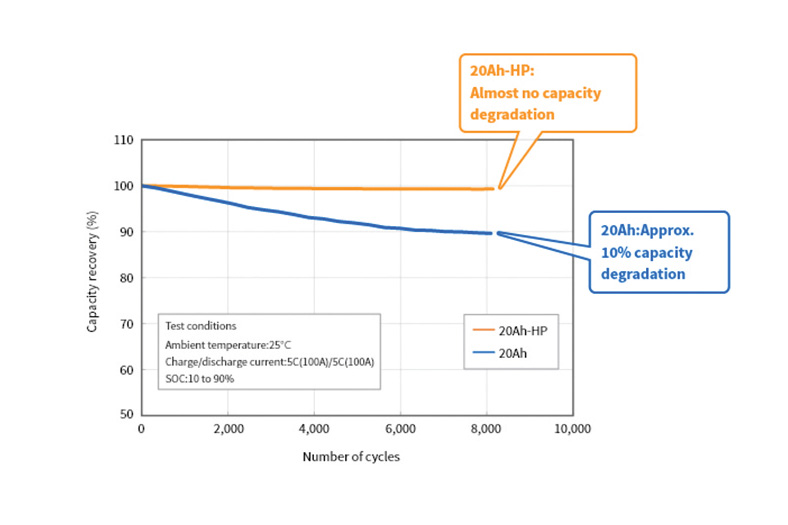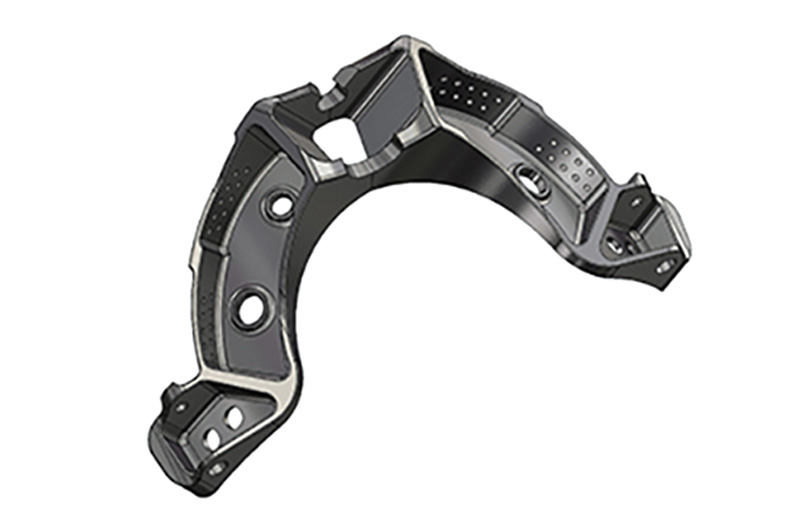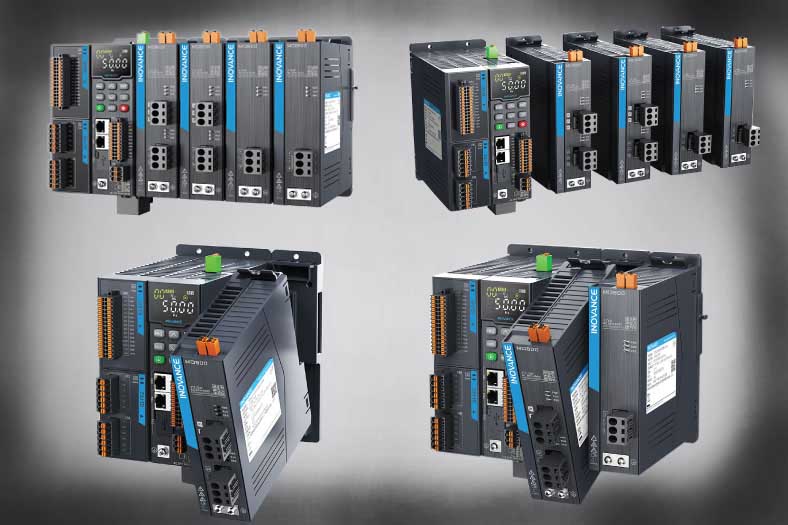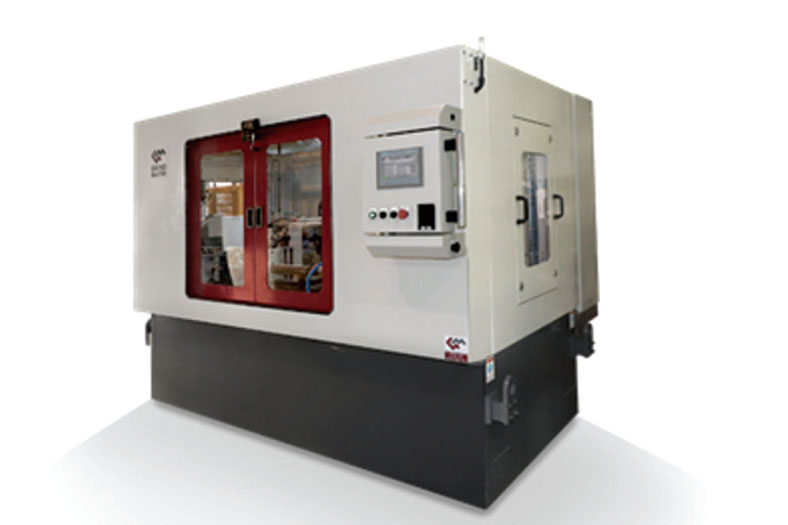For advanced dew point measurement
By OEM Update Editorial April 13, 2019 12:33 pm IST
ACT Sensors offers sensing solutions for process parameters and now it brings latest advances in dew point measurement making it more reliable and robust solution for your applications.
‘Moisture measurement in air and other gases is critically important in many of today’s industrial processes. Compressed air driers, cylinder gases, generators of nitrogen, hydrogen, helium and other gases must be monitored if the quality of the gases, which they generate, is to be assured.’
Stork has added three recent advances, which has significantly improved the performance of dew point transmitters. The first of these concerns the detection technology. Using LTCC production methods a double ceramic layer creates an impedance detector, which is more robust. A layer, designated K950, is deposited upon a conductive base and provides a barrier, which guards against electrical short-circuits. A second ceramic designated K293 provides a hygroscopic layer, which absorb or desorbs moisture. A gold porous layer completes the detector.
The second advance covers new calibration procedures, which are now backed by national standards laboratories all over the world. Both of these have been responsible for extending the practical measurement range of transmitters to -100? dew point (the equivalent of 10 parts per billion).
The third advance concerns a method of protecting the detector from mechanical damage by particulates or by contamination from impurities such as condensable hydrocarbons. This has improved reliability and extended the life of dew point transmitters. In this regard, the recently developed planar contact filter has played an important role.
Methods of protecting moisture sensors have to date depended on sintered stainless steel or sintered plastic filter guards. These traditional filters are able to cope with particulates in the range of two microns and above but do little to protect against water or hydrocarbon condensable and smaller particulates. Furthermore, this type of filter increases the response time of the device. This is because the filter medium is composed of thousands of tiny spheres, which together present a very large surface area to the gas sample and are responsible for creating a vast hygroscopic wall-effect, which delays response time to changes in dew point.
The planar contact filter, in contrast, is composed of a PTFE membrane in direct contact with the detector. Its filtration capability is 0.2 microns. As it is in direct contact, there is no dead space between the filter medium and the detector itself, this and the fact that it does not present a very large surface area to the sample gas means that response time to changes in dew point is significantly improved.
For more details, contact:ACT Sensors Private Limited
1/543, Herambh Apartment
Kher Section, Ambernath East
Thane 421501
Contact: +91-9867982352/
+91-9920047275/+91-8879490008
atish@actsensor.in/tayappa@actsensor.in/yogesh@actsensor.in
www.actsensor.co.in
Cookie Consent
We use cookies to personalize your experience. By continuing to visit this website you agree to our Terms & Conditions, Privacy Policy and Cookie Policy.



